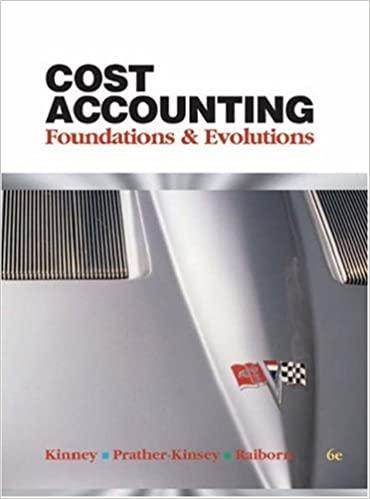Use the following information to answer questions 3 to 9: In October 2019, you acquired a grocery store. To compete with the large grocery chains, you decide to offer some customers credit terms of 30 days. Total sales for the year ended September 30, 2020 were $900,000, of which $250,000 were on credit. Five customers declared bankruptcy or left town without a forwarding address, and their accounts (which totaled $4,300) were written off The balance of the accounts receivable, after the write off, was $24,700. Total sales for the next fiscal year were $1.060,000, of which $760,000 were for cash. Six customers' accounts totaling $5,400 were written off, and the ending balance in the accounts receivable was $31,900 as at September 30, 2021 Assume for questions 3 to 6 that the percentage of credit sales method is used to estimate bad debts expense for both fiscal years, 2020 and 2021. Industry statistics indicate that bad debts average 3% of credit sales. (Hint: use T-accounts to keep track of the various details.) Assume for questions 7 to 9 that the aging of accounts receivable method is used to estimate bad debts expense. You prepare the Following analysis of aged accounts receivable at the end of the fiscal years, 2020 and 2021. (Hint: use T-accounts to keep track of the various details.) Analysis of Aged Accounts Receivable Not Yet Due Past Due 1-60 Over 60 Current Total days days Accounts receivable, 9/30/2020 $18.400 $4,700 $1.600 $24.700 Accounts receivable, 9/30/2021 24,300 5.600 2.000 $31.900 Estimated % uncollectible 10% 40% 75% 7 of 20 Marks Based on your analysis of aged accounts receivable, what should be the balance of the allowance for doubtful accounts at September 30, 2020? OA $4.920 OB $6,170 OC. $11.090 OD. $770 O E None of the other amounts. Unsure 3 of 20 2 Marks The journal entry to record the estimated bad debts expense for 2021 should include: OA A debit to bad debts expense for $770. OB. A credit to allowance for doubtful accounts for $5,690. OC. A debit to bad debts expense for $1,250. OD. A debit to bad debts expense for $6,650. Unsure









